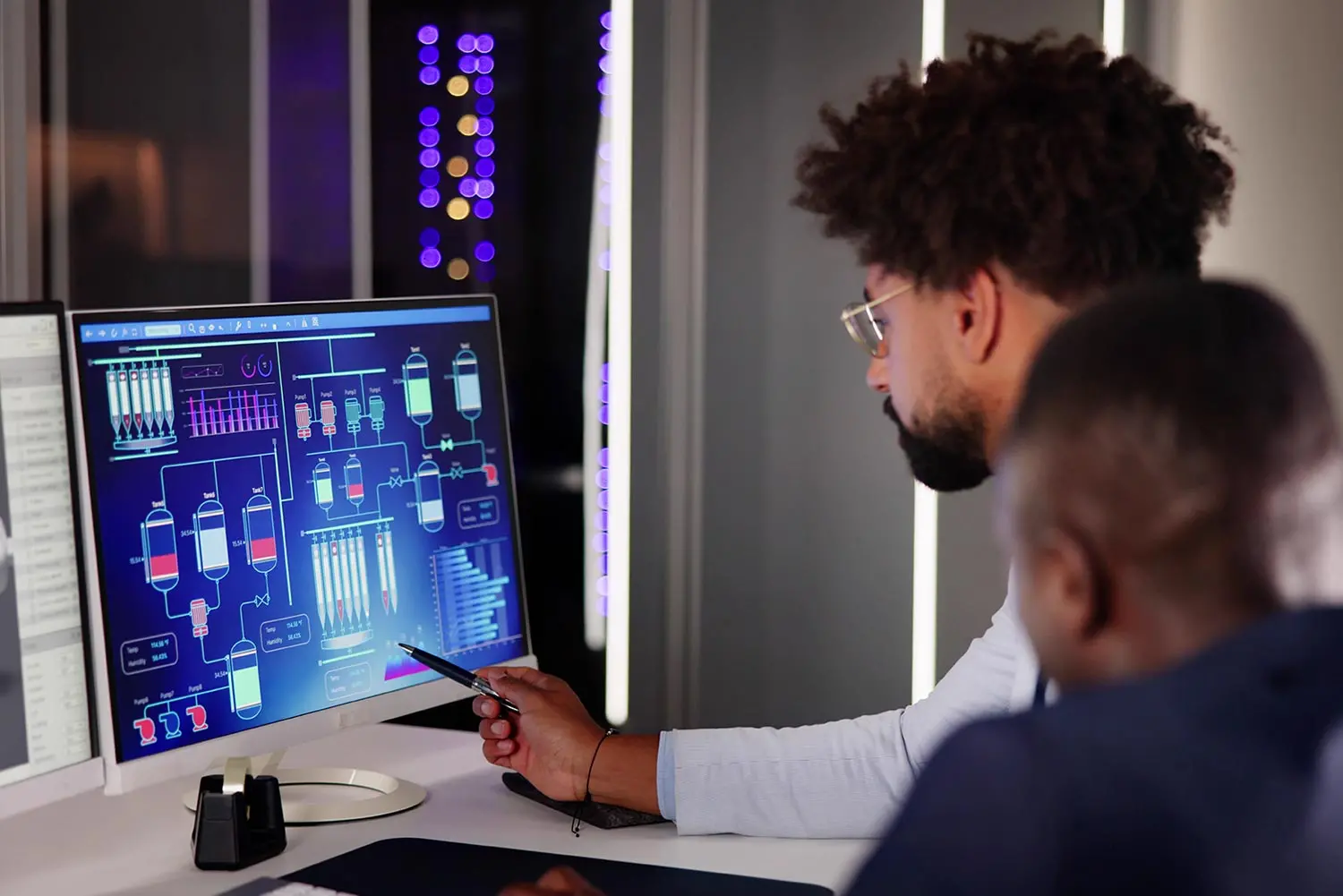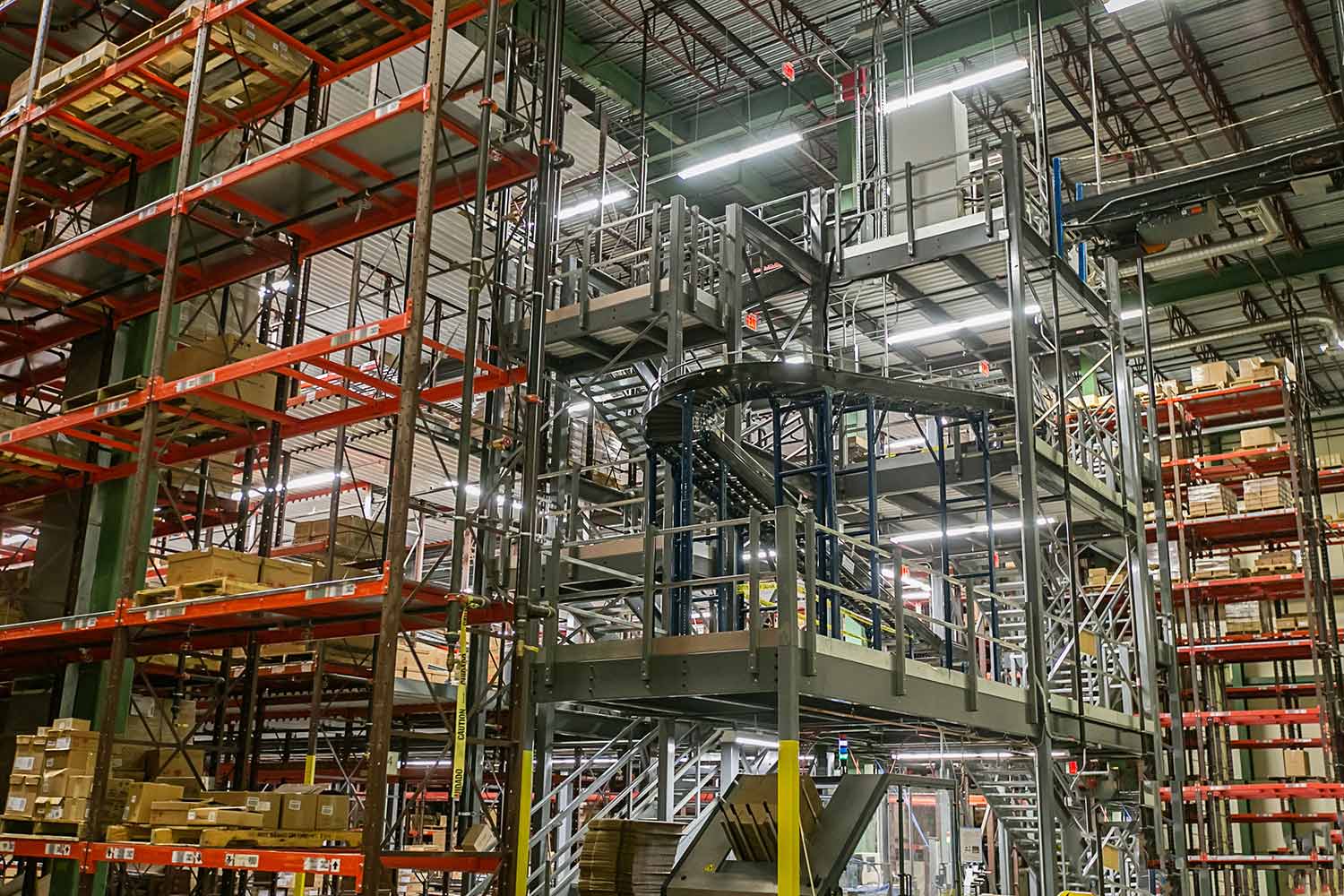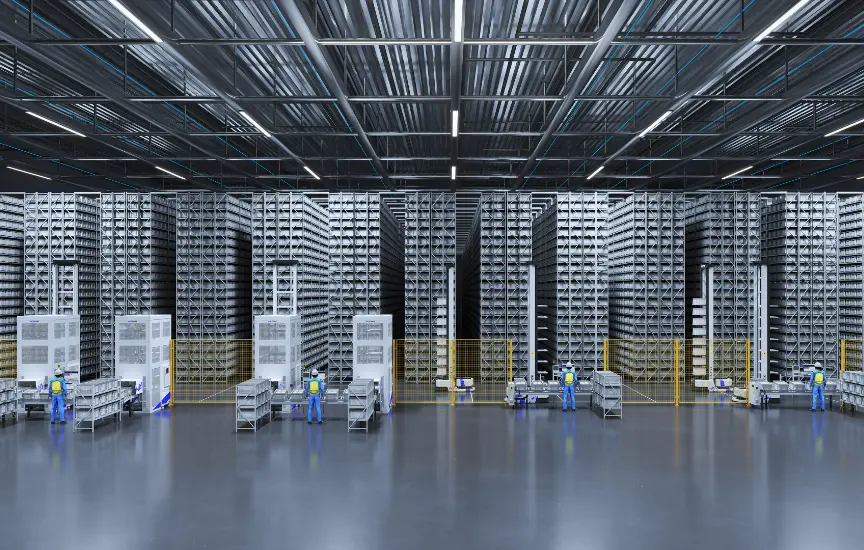
January 25th, 2023
3 min readArtificial Intelligence and Machine Learning Improve Robotic Picking
More and more warehouses and distribution centers are using robots to pick, pack, sort, and more as the technology continues to enhance operations and offer greater efficiencies and cost savings.
Warehouses and distribution centers are using robots to pick, pack, sort, and more…
As the technology continues to enhance operations and offer greater efficiencies and cost savings.
While U.S. automakers were using large-but-basic robot arms on assembly lines since about 1959, one of the earliest examples of robotic picking, curiously enough, is out of this world – literally. In the 1970s, NASA developed the Mars Rover, incorporating a mechanical arm, various sensors, cameras and laser telemetry to create a robot that could grasp and examine various items.
And while most companies aren’t working with a space-sized budget like NASA, in the decades since the Mars launches, robotics have become increasingly more cost-effective and highly efficient for warehouses and distribution centers.
The Rise of AI in the Warehouse
Because of rising demand among consumers and their desire for shorter turnaround times, the use of automation and robotics in fulfillment centers continues to grow.
Across most industries – agriculture, apparel, automotive, and aviation & aerospace, just to name a few (and that’s just some of the A’s) – you’ll find warehouses running with robotics and automation powered by artificial intelligence (AI) and machine learning (ML). Robots picking in some cases, packing or sorting in others, and sometimes all three.
At a consumer apparel distribution center, robotic arms use cameras and AI to put together orders. A baked-goods manufacturer employs robots to pick and pack, as does an electronics fulfillment center with a multitude of SKUs. And in Detroit, robots still weld together car parts on assembly lines.
These robots are used to deliver the highest levels of efficiency, speed and accuracy, while reducing both picking errors and production bottlenecks. And, as the technology continues to improve, the positives are only growing. Already today, many robots have a stunning accuracy rate of around 99%.
The Future of Robotic Picking
There’s still plenty of room to grow when it comes to teaching robots to handle different types of objects, although the use of AI and ML are quickly approaching the desired thresholds. Perhaps further off is the realization of robots that can implement AI and ML along with true mobility; that is, mixing the best of robot arm technologies with the best of highly mobile robots, such as the humanoid and doglike creations of Boston Dynamics.
But until we get to those points, for operations with a limited number of products – especially those running 24/7 supply chain operations (or desiring to) – using robots to pick, pack, and sort simply makes sense. And as such, the pace of adoption is ever increasing.
Next Steps
In addition to picking, packing and sorting, robots can be used in transportation, as well as for inspection and security. In fact, according to the Chartered Institute for IT, there will be approximately 50,000 “robotic warehouses” and more than 4 million robotic installations worldwide by 2025.
If robotics innovation is well suited to your operations and business goals, our specialists can help you choose the right system to meet your company’s objectives, specifications, budget, and expectations. Let’s talk and take the first step towards improving your operations. Contact an IndPro specialist today to get started.
About IndPro
IndPro Services, a leader in Commercial Systems and U.S. Federal Government procurement, provides successful, efficient, data-driven solutions.
Dedicated to improving efficiency in warehouse and distribution center operations, we work on the same side of the table with you to help you procure the best possible solution for your specific application.
Related Posts

The Human-Robot Partnership Requires an Upskilled Warehouse Workforce
Article
Professional Integration is Crucial for Warehouse Automation & Robotics Implementation
Article